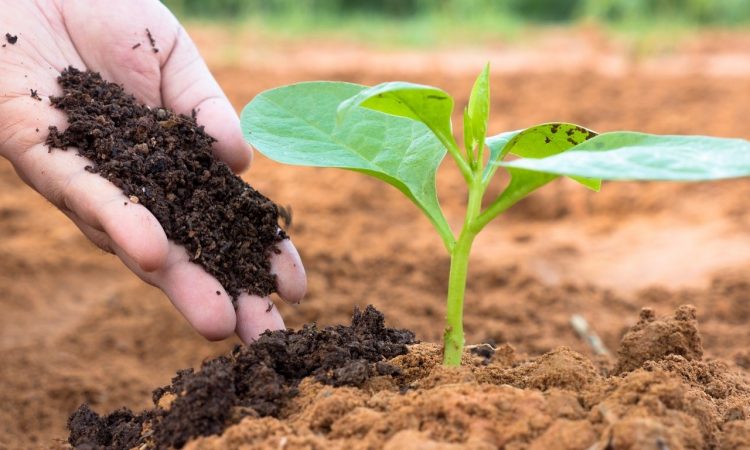
When it comes to garden and lawn management, few things support the lawn’s health and beauty more than compost. Compost is nothing but organic matter that’s been broken down by bacteria. When it’s broken down like this, it can easily add nutrients to the soil and the organisms that support it. Better yet, it does so gently, unlike chemical fertilizers that can burn grass and leaves or kill earthworms.
Another advantage of compost is that it is long lasting. Its nutrients are released slowly into the soil. Compost also improves the drainage of the soil because the organic matter it adds is porous. At the some time, compost helps the soil hold on to water for the same reason. It regulates the pH of the soil, or its acidity or alkalinity. Compost guards against drastic changes in the pH that can harm the plants or the grass. The organic matter that compost adds to soil helps it receive oxygen. Finally, compost feeds earthworms which are also vital to garden and lawn care.
Applying Compost
Beneficial as it is, a gardener can still overdo the amount of compost they add to their lawn or garden. Gardening specialists recommend about an inch spread throughout the garden or lawn each spring before the lawn is seeded or the plants are installed. During the growing season another layer of compost is beneficial.
Compost that hasn’t broken down all the way can also serve as a mulch to help the soil retain water, keep it cool in the summer and warm in the winter. Mulch also smothers weeds and protects the plants from pests.
Where to Find Compost
Compost can be bought at nurseries and big box stores with garden centers, but the gardener can easily make their own. The best materials to use are those made out of paper products as long as they haven’t been treated. It’s good to start with a pile that’s about 3 feet high, 3 feet wide and 3 feet deep. Besides paper products, other things that can go into the compost pile include:
- autumn leaves
- wood chips
- sawdust
- straw
- grass clippings
- wilted flowers
- scraps from fruit and vegetables
The Homemade Compost Pile
It’s best to use a great variety of these materials because it helps to balance the pH of the compost and give it a healthy blend of nutrients and a good population of beneficial microbes. Larger pieces should be shredded to help them break down faster, but some large pieces should be left in the pile to allow for air flow. Materials not to add to the compost pile include:
- the manure of meat eating animals
- meat
- alkaline soil
- anything that is diseased or infested
Diseased plants should be discarded well away from the compost pile.
Some people cover their compost pile with a tarp because strong sunlight can kill the bacteria needed to break down the material. Whether the pile is covered or not, it needs to be watered regularly and always kept about as moist as a damp sponge. It shouldn’t be so soggy that the material rots as opposed to breaks down. To activate the compost pile some gardeners add an activator that contains bacteria. Other people swear by dog kibble.
The compost pile should be e turned every other day or at least once a week to aerate it. It should not be turned frequently because over-aerating reduces the nitrogen level. Breaking down the material produces heat, sometimes to the point where the gardener will see smoke rising, especially on winter days. This might kill some of the diseases that have made their way into the compost pile, but the gardener shouldn’t rely on this. Another tip is to not add any more material to the pile once composting has begun.
